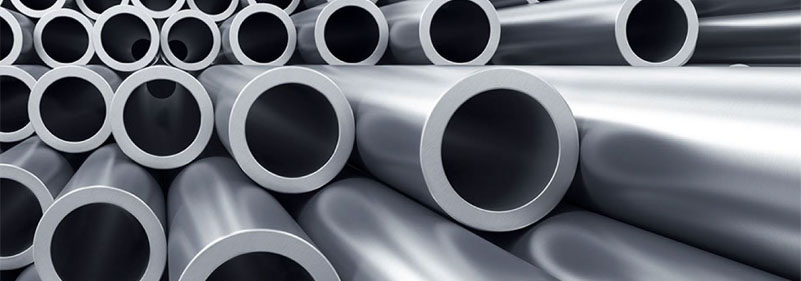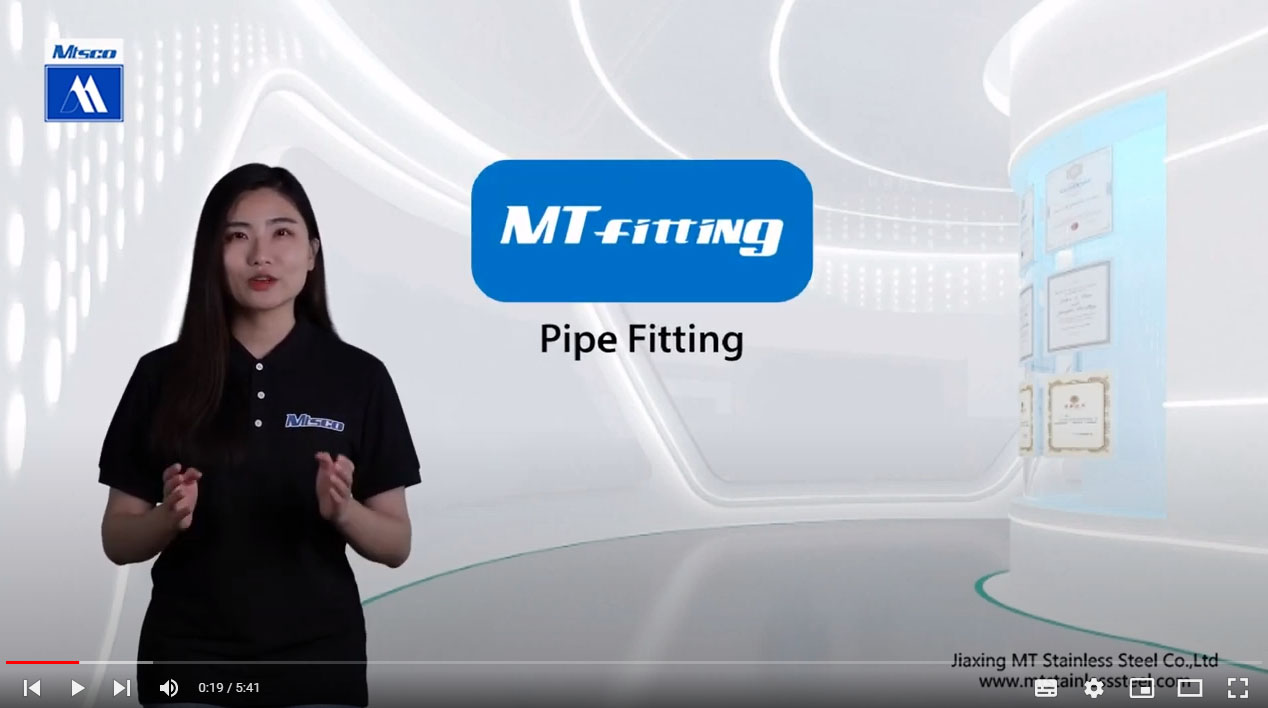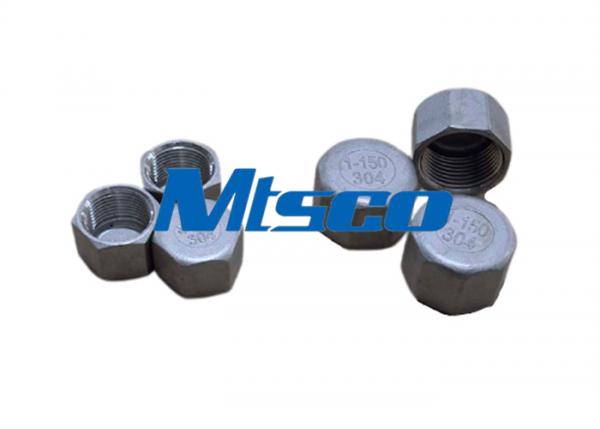Hose Nipple ASTM A351 CF8 Casting Fitting NPTM Thread Connection
Material: 304, 1.4301, X5CrNi18-10; 304L, 1.4306, S30403, 1.4307; 316L, 1.4401, 1.4404, 1.4435;
Get Quote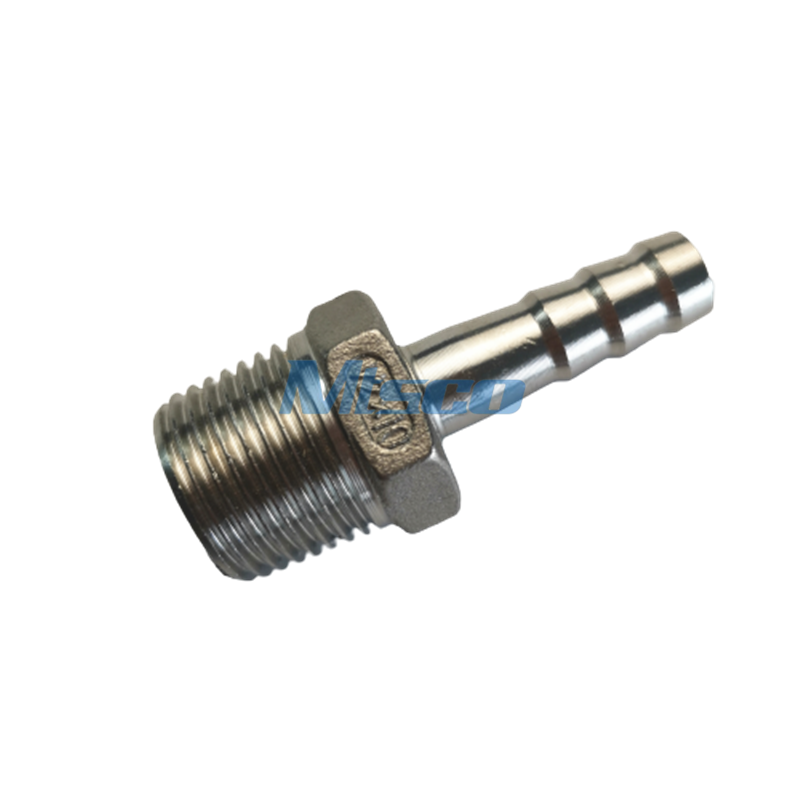
2'' Hose Nipple ASTM A351 CF8 Casting Fitting NPTM Thread Connection
What is Casting?
Casting is a manufacturing process in which liquid material is typically poured into a mold containing a hollow cavity of the desired shape and then solidified. The solidified part is also known as the casting, which is popped or broken out of the mold to complete the process. The casting material is usually metal or a variety of time solidifying materials that mix two or more components together and then solidify; for example, epoxy resin, concrete, mortar and clay. Castings are usually used to make complex shapes that would otherwise be difficult or uneconomical to make by other methods. Heavy equipment, such as machine tool beds, ship propellers, etc., can be easily cast to the required dimensions rather than manufactured by joining several small pieces
Casting is a 7,000 year old process. The oldest surviving casting is a bronze frog from 3200 B.C.
| Product Name | Casting Fitting Hose Nipple |
| Material | 304/316 stainless steel |
Standard/ Dimension Standard | ASTM A351/A351M ISO4144,MSS-SP-114 |
| Size: | 1/8”-8” |
| Class | 150# |
| Connection | Male Female Thread Connection |
| Shape | Equal/ Reducing |
| Model | Elbow,Tees,Socket, Hex nipple, Square plug, Bushing, Union, Hose nipple, Reducing socket, Cross, Street elbow, Round/Hex cap, Reducing elbow, Reducing tee, Half nipple, Reducing hex nipple, Coupling, Reducing Coupling, Barrel Nipple..... |
| Thread: | NPT, NPSC, BSPP, BSPT etc |
| Application | Suitable for water, gas, air, oil, steam pipe system. |
| Package | Wooden case |
| Inspection | Dimension inspection, thread inspection, material inspection and non-destructive inspection |
What is the difference between casting and forging?
Casting
The process of melting the metal into a liquid meeting certain requirements and pouring it into the mold, then cooling, solidification and cleaning to obtain a casting (part or blank) with predetermined shape, size and performance.
Forging
The forging machine is used to exert pressure on the metal blank to produce plastic deformation, so as to obtain the forging with certain mechanical properties, shape and size.
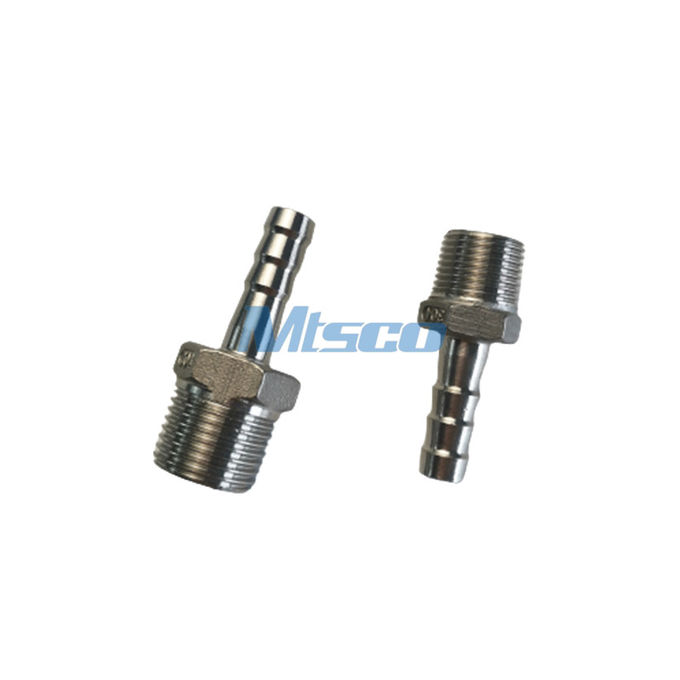
VIP SERVICE
VR (Virtual) Mill Introduction
Professional Remote Technical Guidanceion
Accept Third-party Inspection
Door to Door Shipment
Get QuoteRelated Products: Pipe Fittings: Casting Pipe Fittings
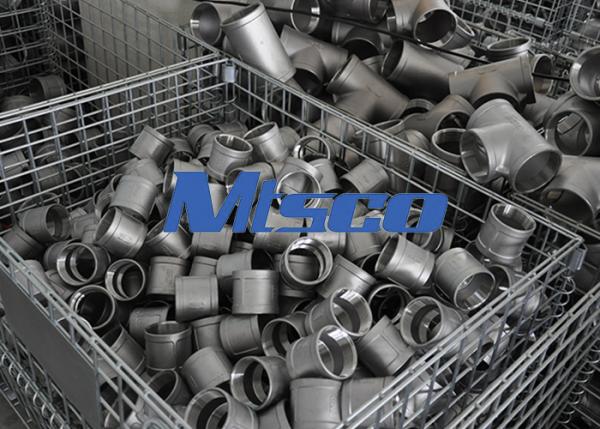
1inch 90degree Elbow 150# ASTM A351 304 Seamless Casing Pipe Fitting NPT
Product Name: Casting Fitting Elbow Material: 304/316/CF8/CF8M Size: 1/8”-8” Standard: ASTM A351/A351M Thread: NPT, NPSC, BSPP, BSPT etc Surface: SR/ Polish Inspection: Dimension/ thread/ material/ NDT Package: Cardboard and wooden boxes Class: 150# Application: Water, gas, air, oil, ......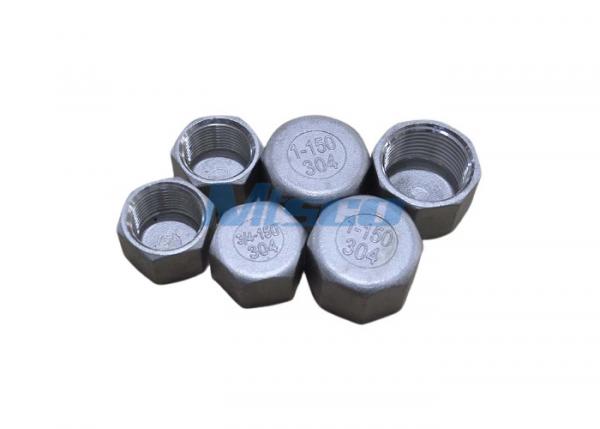

 English
English 中 文
中 文 Español
Español Português
Português Deutsch
Deutsch Türk
Türk Pусский
Pусский عربي
عربي 한국인
한국인 日本語
日本語